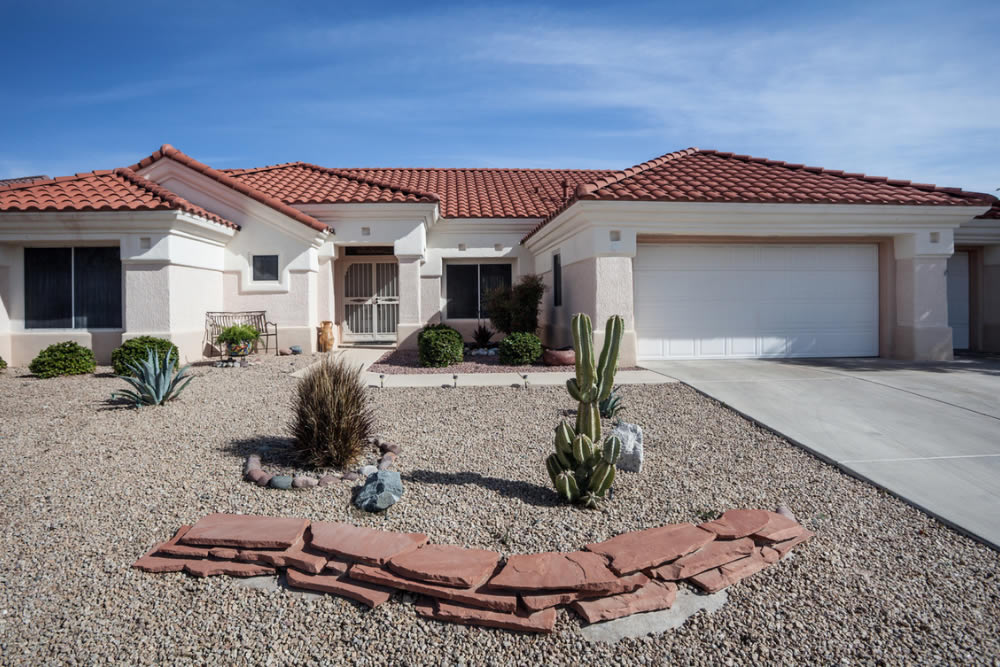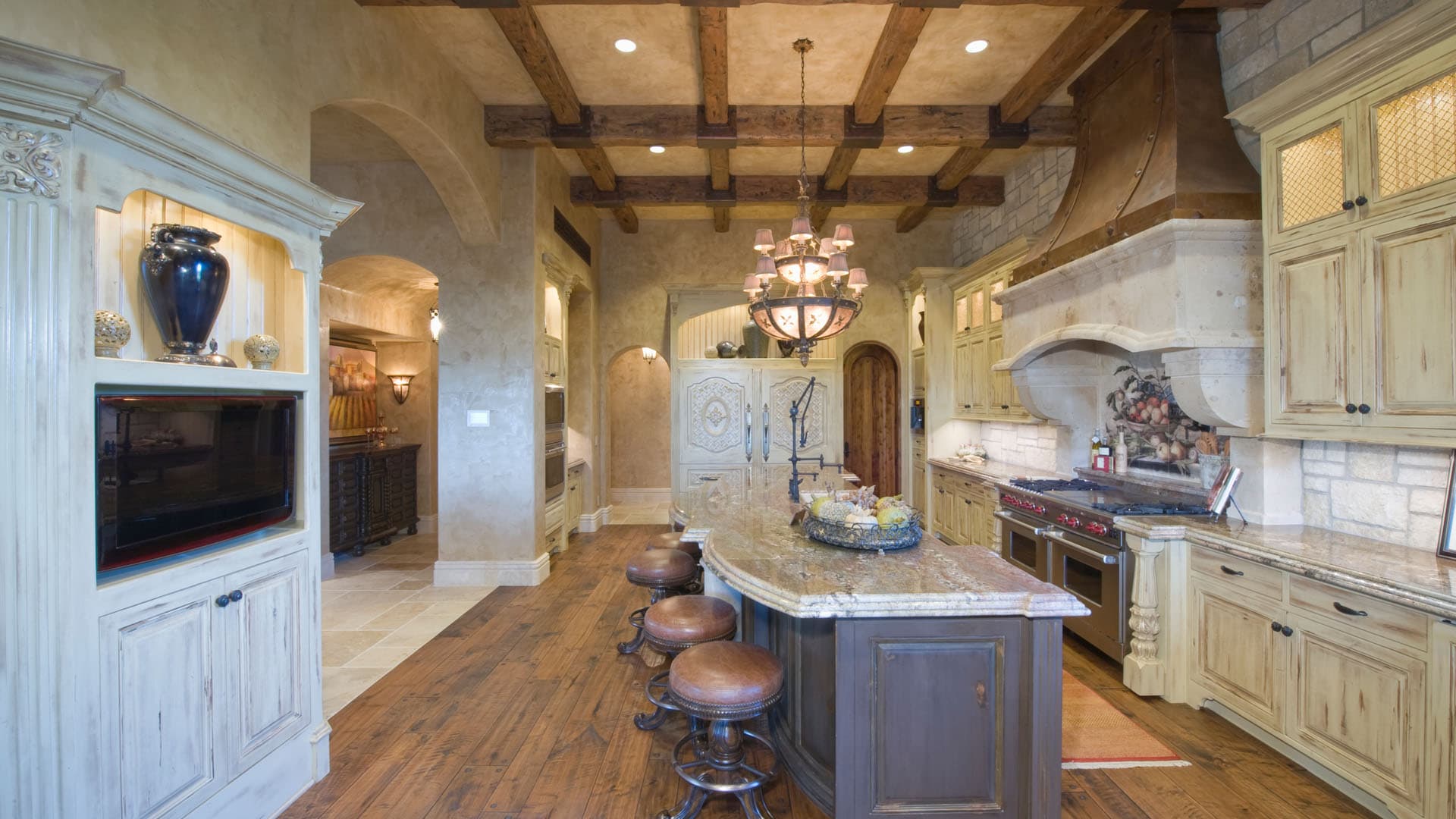How to Protect Prescott Landscaping During Exterior Painting

Protecting your Prescott landscaping during exterior painting is as important as choosing the right paint color. Rock gardens, drought-tolerant plants, and succulents are common in Arizona yards and a careless paint job can cause unnecessary damage. Overspray, dripping paint, and heavy covers can all stress or kill delicate plants. Fortunately, there are simple ways to keep your plants safe while your home gets a fresh coat of paint.
This article will show you how to cover and water your plants, how to move potted plants safely, and how to protect your rock and soil areas. We'll also talk about why choosing the right type of paint matters and how to plan your painting project to limit the risk to your landscaping. These expert-backed tips can help you avoid damage and keep your outdoor space looking great long after the painters are gone.
Whether you plan to paint your home yourself or hire local experts like Pinon Painting, knowing how to protect your yard is a big part of the project. Prescott's climate and plant types require some special care. Every part of your landscaping deserves attention, from succulents that hold water in their leaves to gravel beds that can stain easily.
If you're a homeowner in Prescott looking to repaint your exterior, this guide will give you the steps you need to prepare and protect your landscaping properly. Once the job is done, your home and garden will shine.
Why Is It Important to Protect Landscaping While Painting?
Even small paint drops can stain leaves, dry out soil, and discolor rocks. That's why it's so important to use proper protection for your garden, especially if you have native or desert-friendly plants like cacti or succulents.
Some homeowners overlook plant protection during painting, thinking it's only a short-term job. However, even one day of exposure can cause long-term damage. Paint overspray can travel with the wind, so it's not just the plants closest to the wall that need shielding. Thinking ahead can make a big difference in how your garden looks after the job is done.
What's the Best Way to Cover Succulents and Plants?
The key to covering your landscaping is to use light materials. Heavy tarps can crush soft stems and overheat succulents. Instead, use lightweight drop cloths, trash bags, or thin plastic sheeting. Hold them in place with small rocks or garden stakes. Create little canopies with sticks and plastic to give plants airflow and light without exposing them to paint.
Always take the covers off at night. This helps the plants breathe and avoids trapping heat. If you leave covers on too long, your plants could suffer from heat stress or reduced air circulation, leading to browning or rot.
Should You Water Plants Before Painting The House?
Yes. A well-watered plant is more likely to survive the stress of a nearby painting. Water your garden in the evening or early morning before the painting starts. Succulents don't need as much water as other plants, but giving them a little extra can help protect their leaves from catching paint.
How Do You Protect Gardens When House Painting?

Rock gardens and gravel areas can easily get stained with paint drips and splatters. Lay out drop cloths or thin plastic sheets over these areas and tuck the edges under rocks or bricks to hold them in place. This creates a simple but effective barrier that stops paint from soaking into the soil or leaving permanent stains on decorative rocks.
After painting, shake off the covers away from your garden beds to keep loose paint from settling in your yard.
If you have potted plants near your walls, move them to a shaded, safe location while painting. This protects them from overspray, falling debris, or misplaced ladders. Just be sure they still get enough light and don't dry out while they're relocated. Once painting is done, rinse the pots before placing them back in their original spots.
Branches that touch your home are not only at risk of getting paint on them, but they also make painting more difficult. Trim them back before the project begins. This creates clean lines for the painters and reduces the chance of accidental splatter. It also improves airflow around your plants, helping them bounce back faster once the job is done.
How Can You Prevent Paint Overspray?
If you're using a sprayer, it's best to paint on calm, dry days. Wind can carry paint particles far beyond your target area. Use boards, cardboard, or large plastic sheets as barriers to block the spray. Direct the sprayer downward and avoid spraying in gusty conditions. These small actions go a long way toward keeping your yard free of paint damage.
Paint your home in sections and remove plant coverings after finishing each part. Avoid leaving covers on for over a few hours. If the project takes several days, uncover plants overnight and recover them before work resumes. This gives your plants time to heal and helps prevent long-term damage.
Should You Hire a Local Professional?
Hiring a local painting company like Pinon Painting in Prescott is one of the best ways to ensure the safety of your plants. Local pros understand the regional landscape, weather patterns, and the types of plants that need extra care. They'll have the right tools, knowledge, and experience to protect your yard while delivering a high-quality paint job.
Professional painters often bring their own protective materials and safeguard delicate landscaping features before they begin work. This saves you time, worry, and possible plant damage.
What Should You Know Before Doing It Yourself?
If you decide to take on the painting project yourself, be extra cautious. Cover everything well, use light materials, and avoid working in windy or overly hot weather. Keep a close eye on your plants throughout the day, especially if you're painting in direct sunlight. Water your plants, remove covers in the evening, and avoid stepping on garden areas while you work.
You can save a little money with a DIY job, but only if you're careful not to damage your landscaping. Hiring a pro makes all the difference.
How Can You Keep Your Yard Looking Great After Painting?
Once the job is done, remove all covers carefully and give your plants a light rinse with clean water. This helps remove any dust or fumes that may have settled. Double-check your soil and rocks for paint drips and clean them immediately. Your plants may need a few days to bounce back from the experience, so keep watering as needed and watch for signs of stress.
Contact us today to chat about your project or get a free quote now and learn how Pinon Painting can protect your landscaping while giving your home a beautiful new look.
TIME FOR AN UPDATE? CONTACT OUR PRESCOTT PAINTING CONTRACTORS TODAY!
